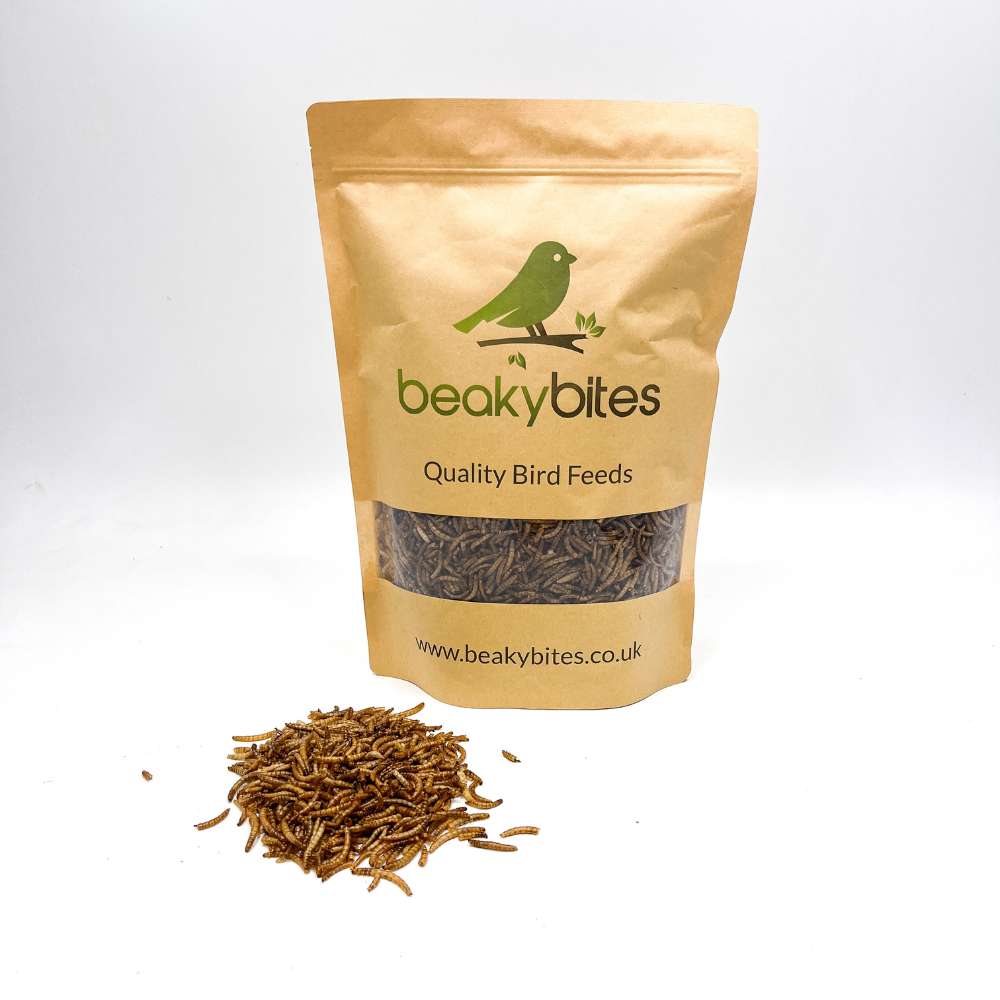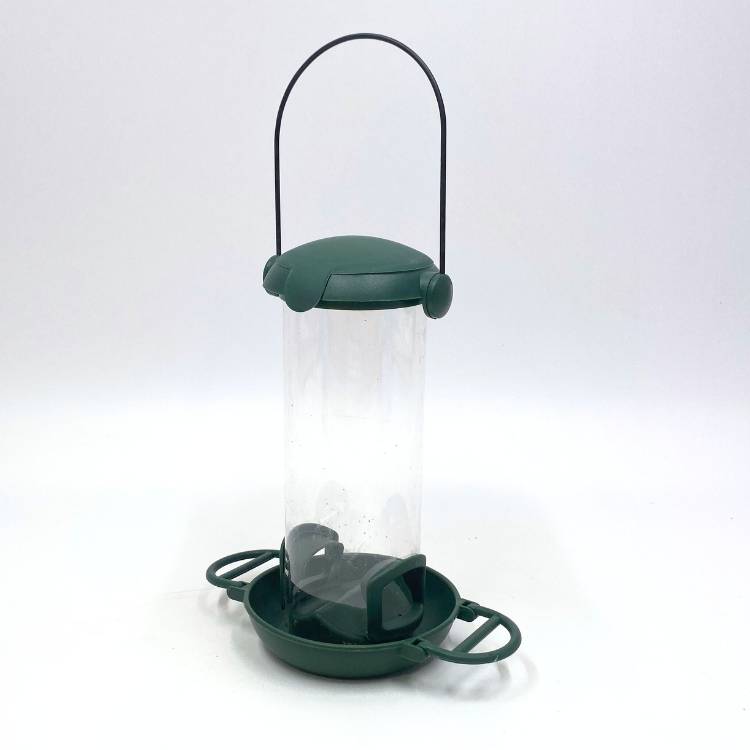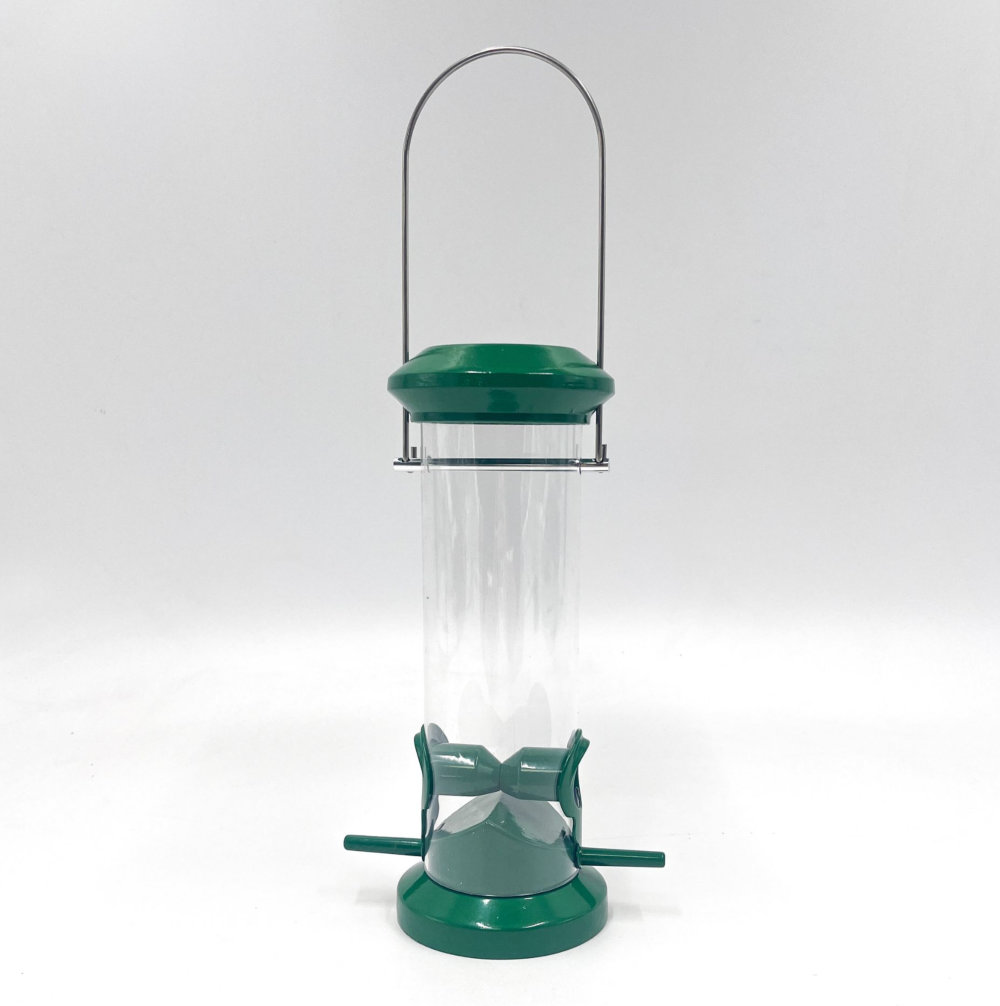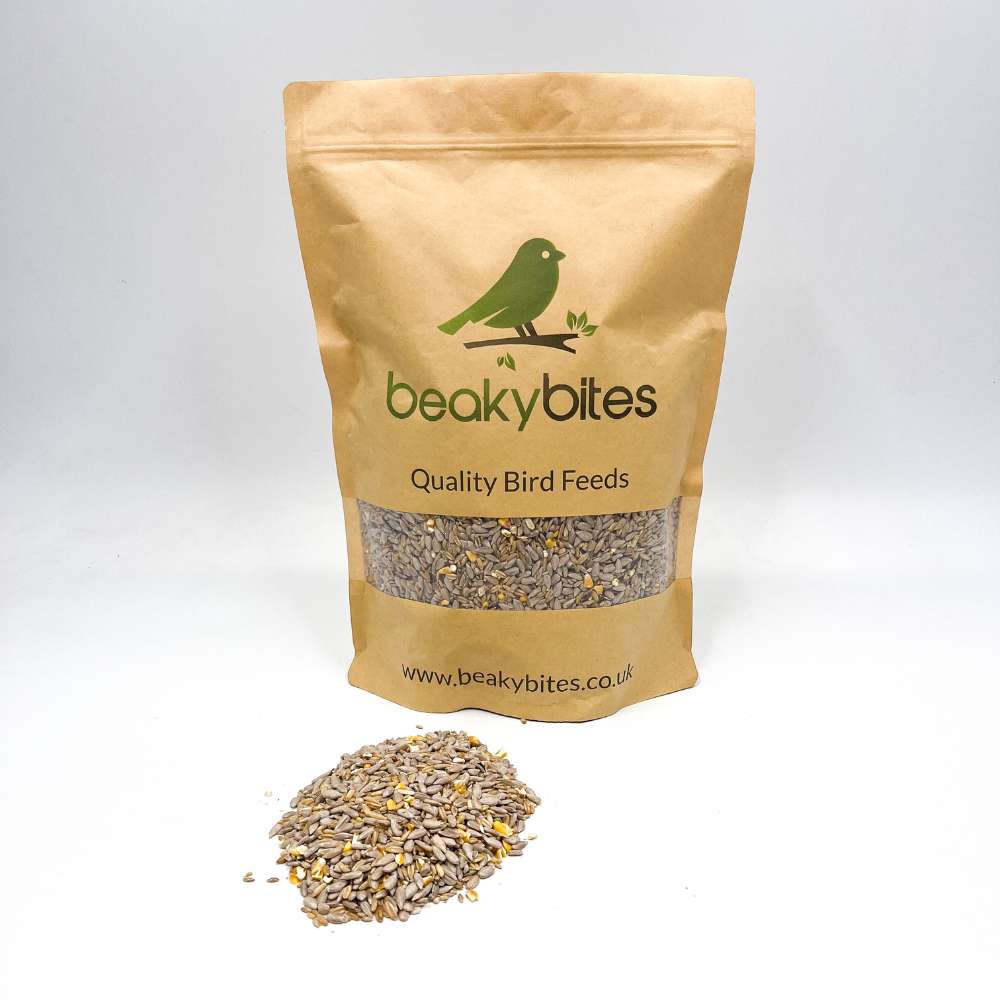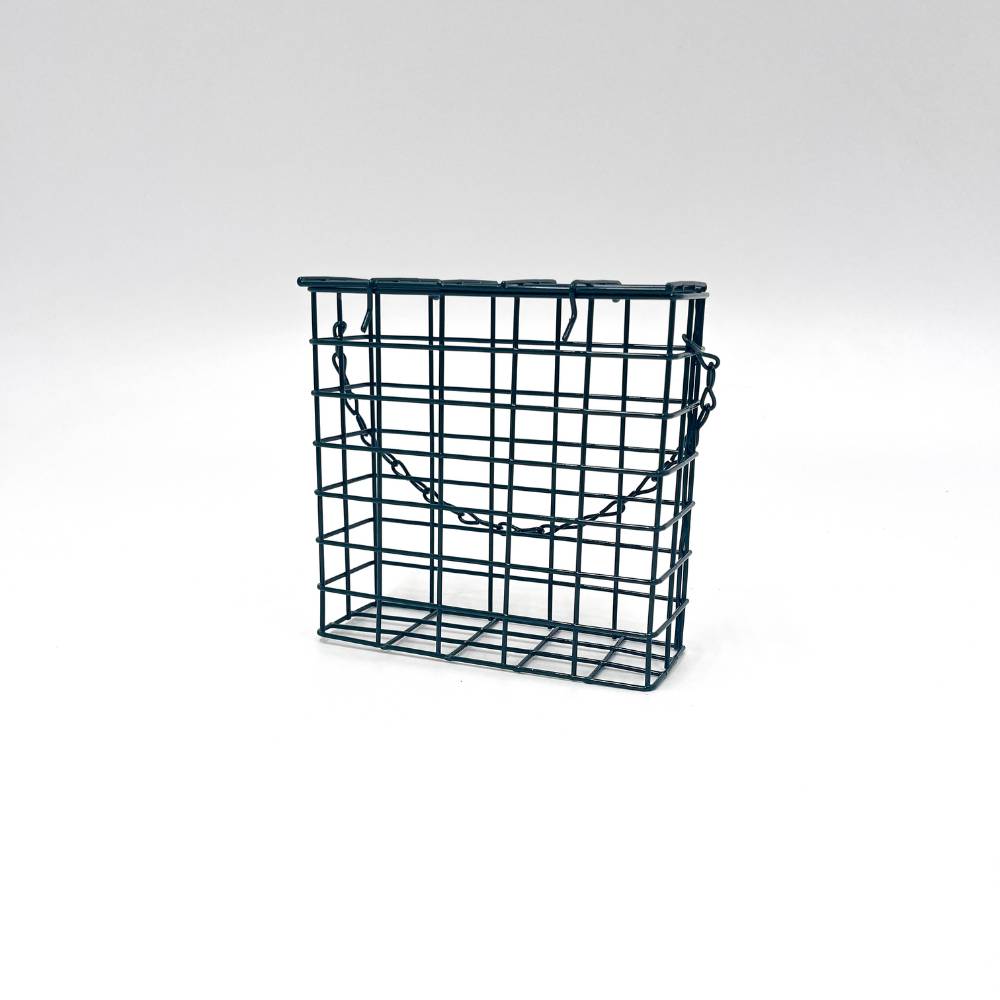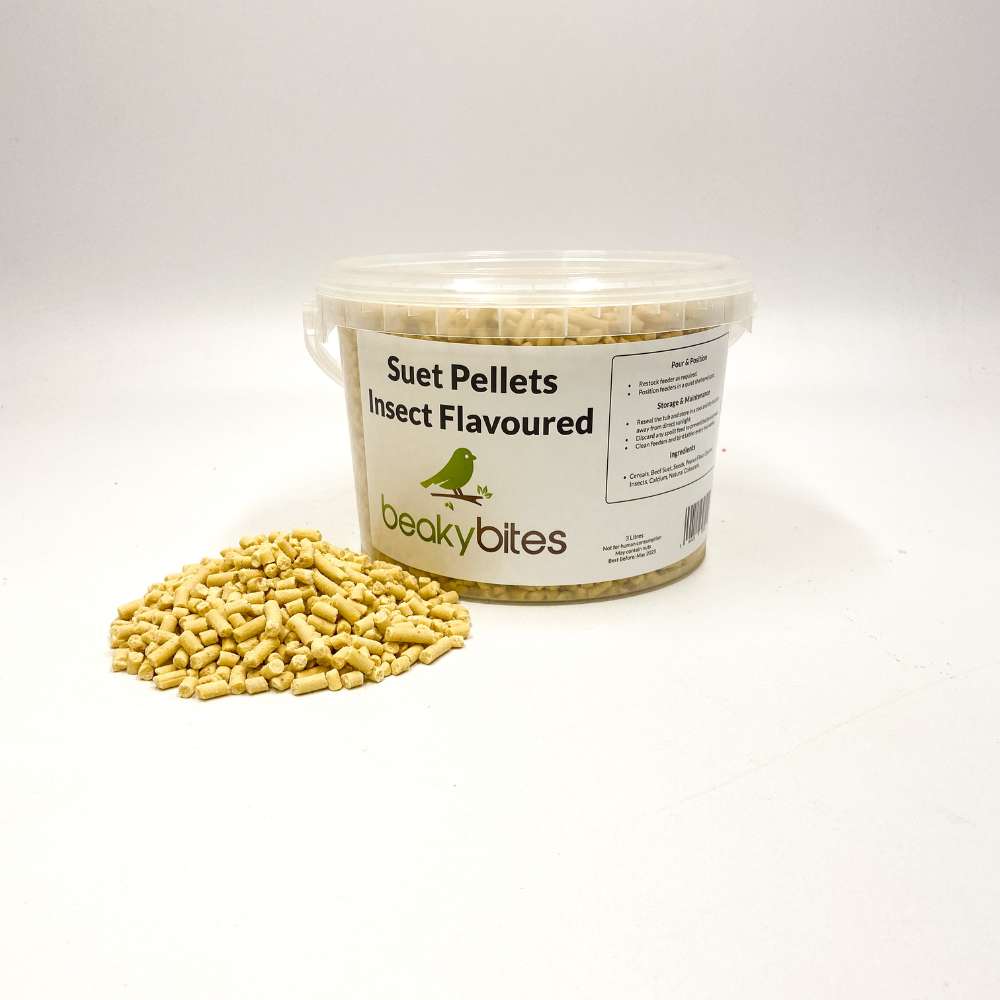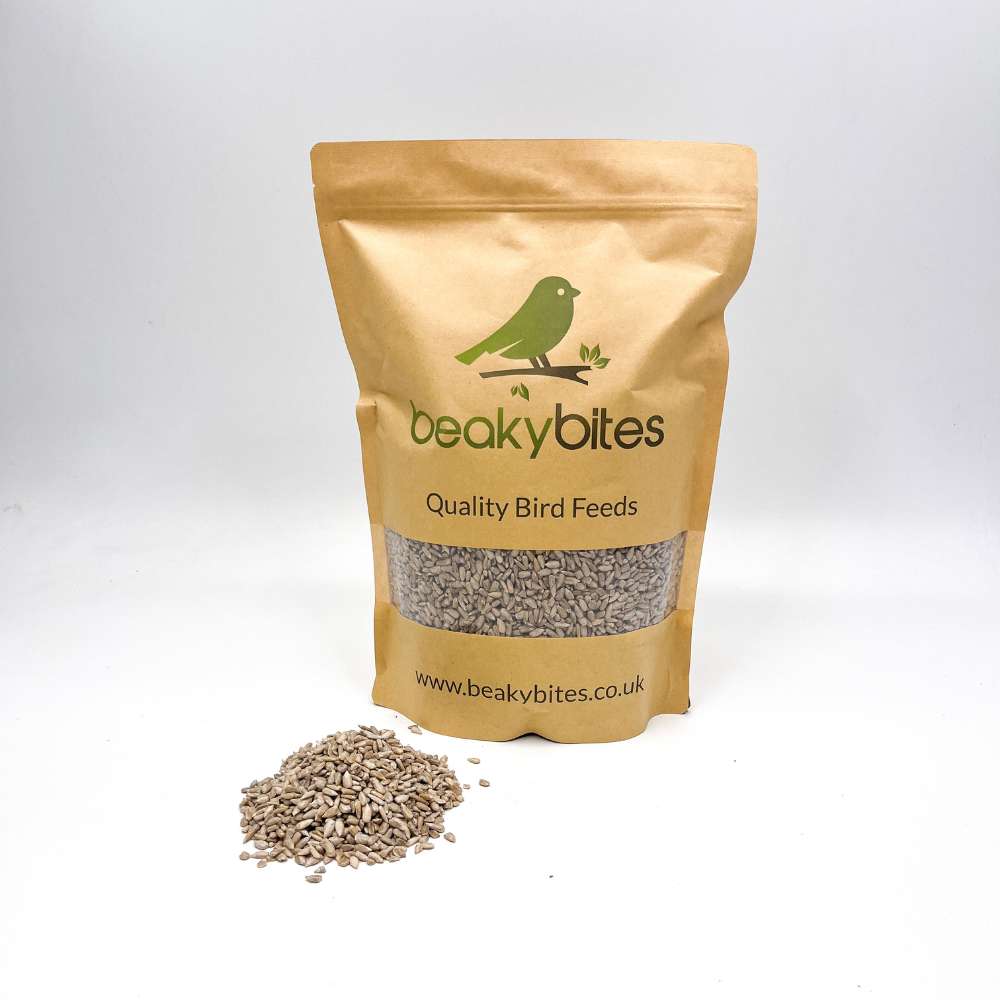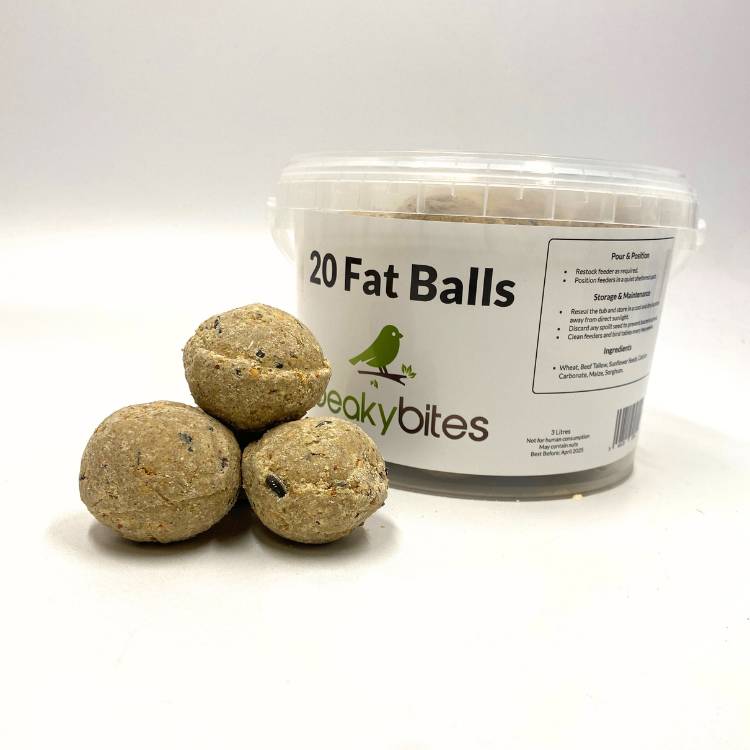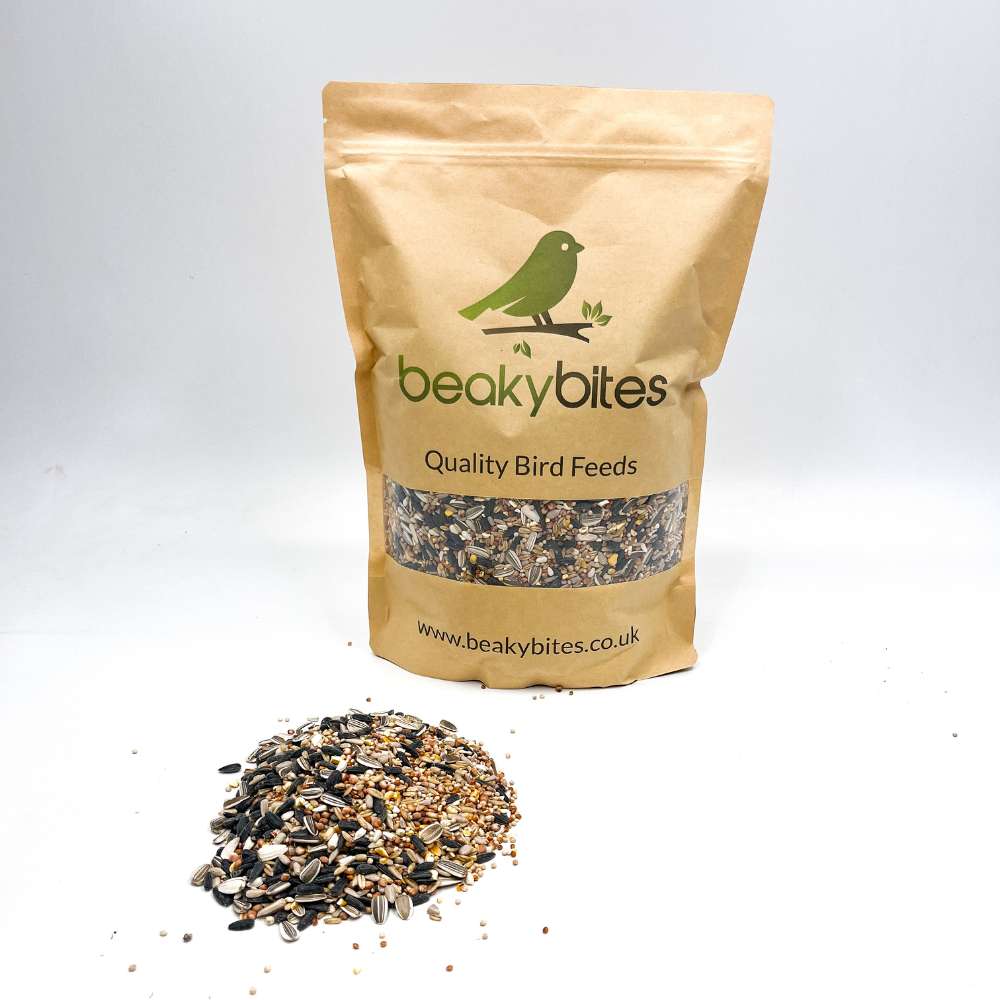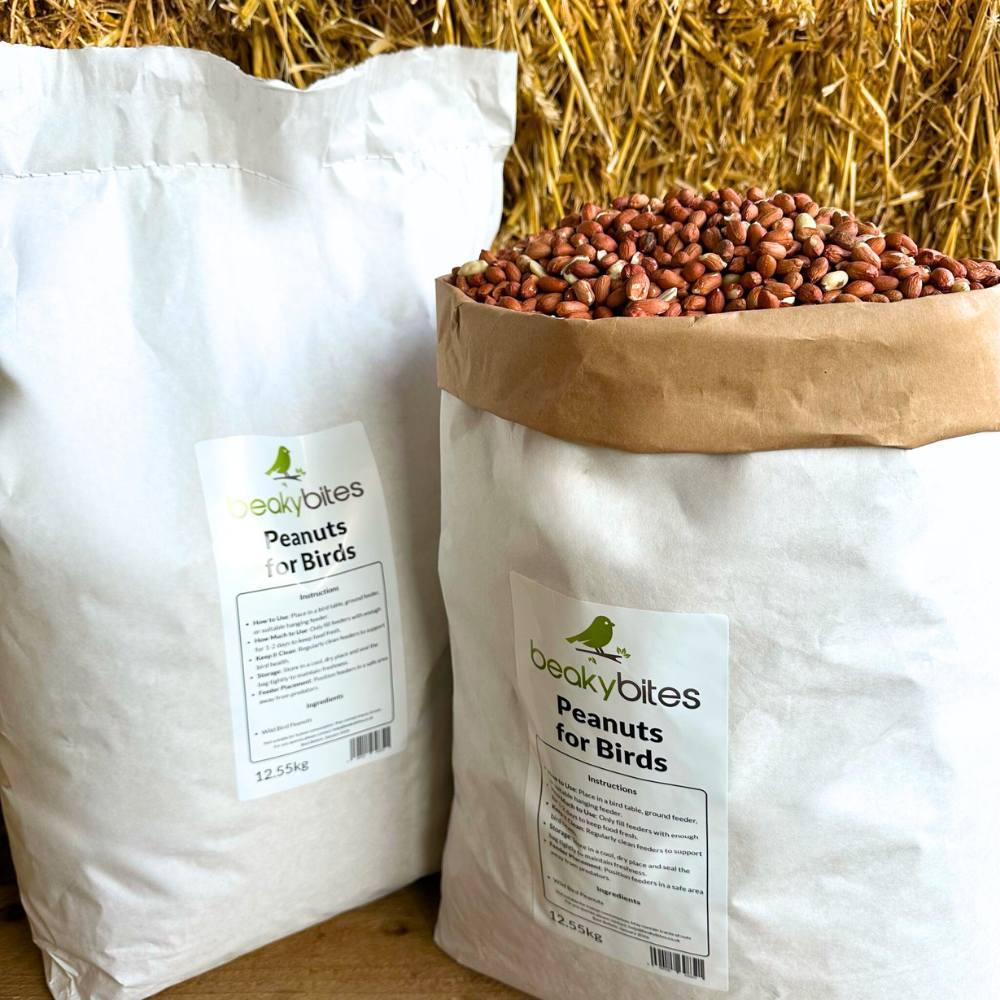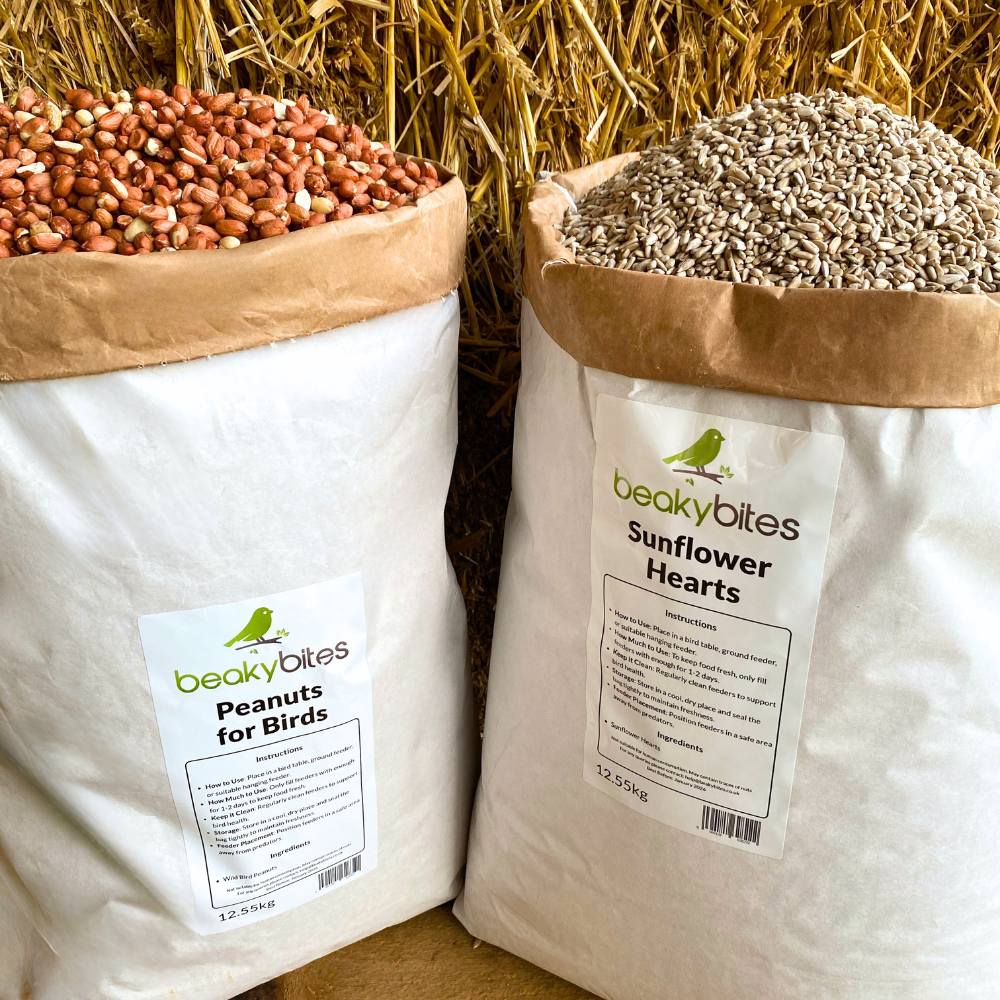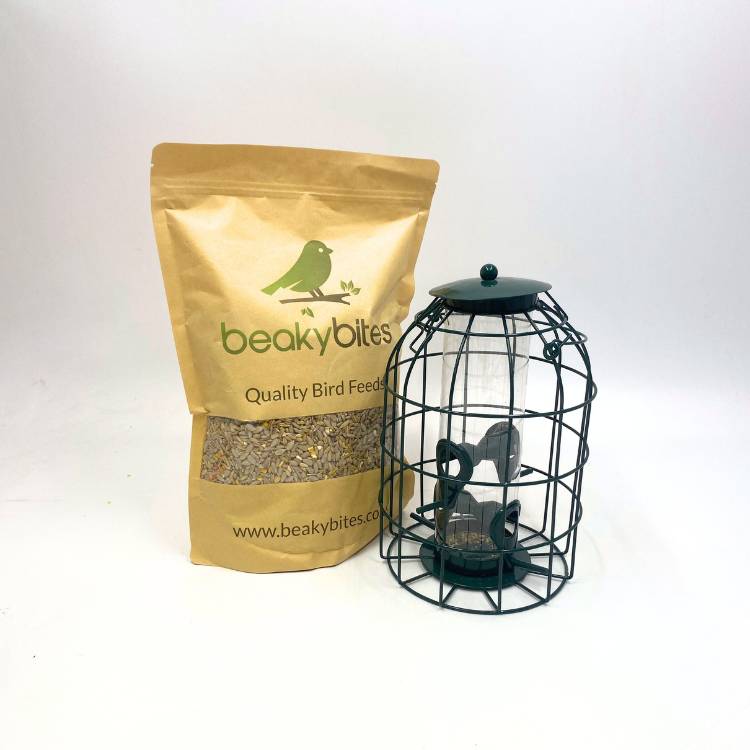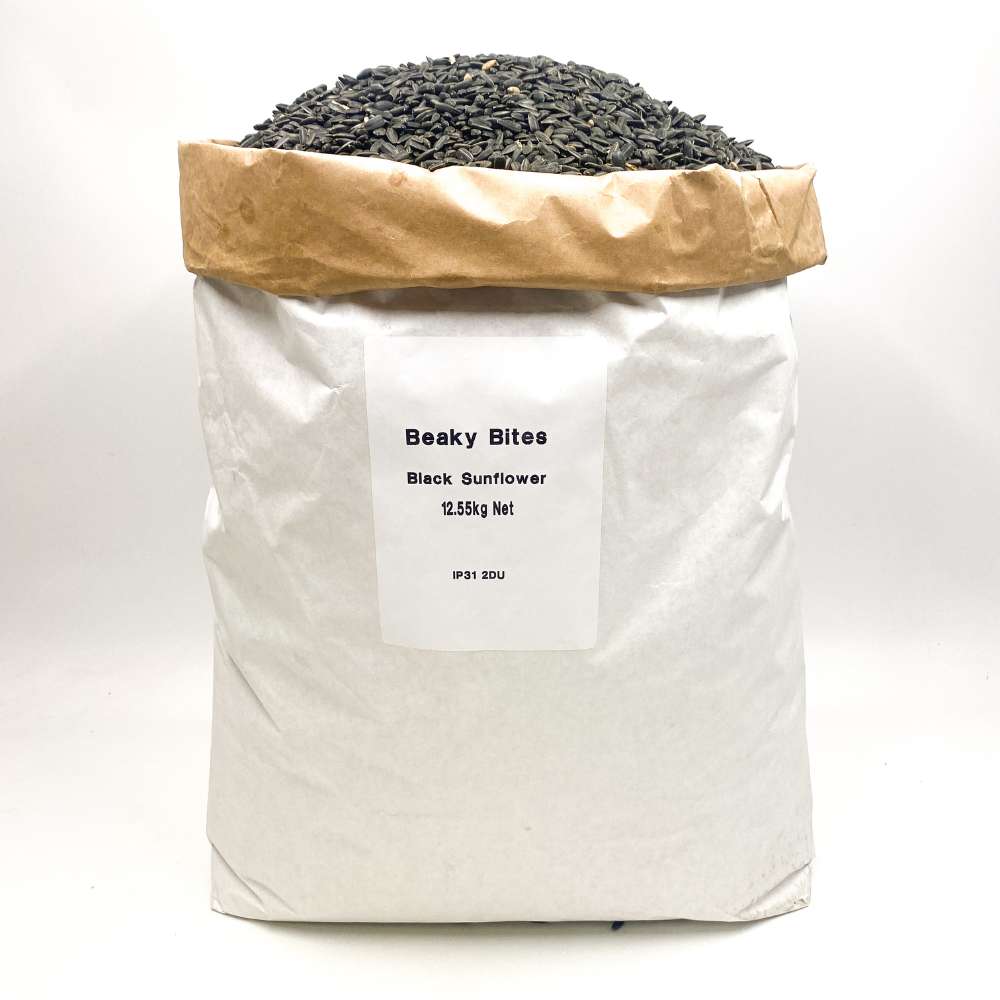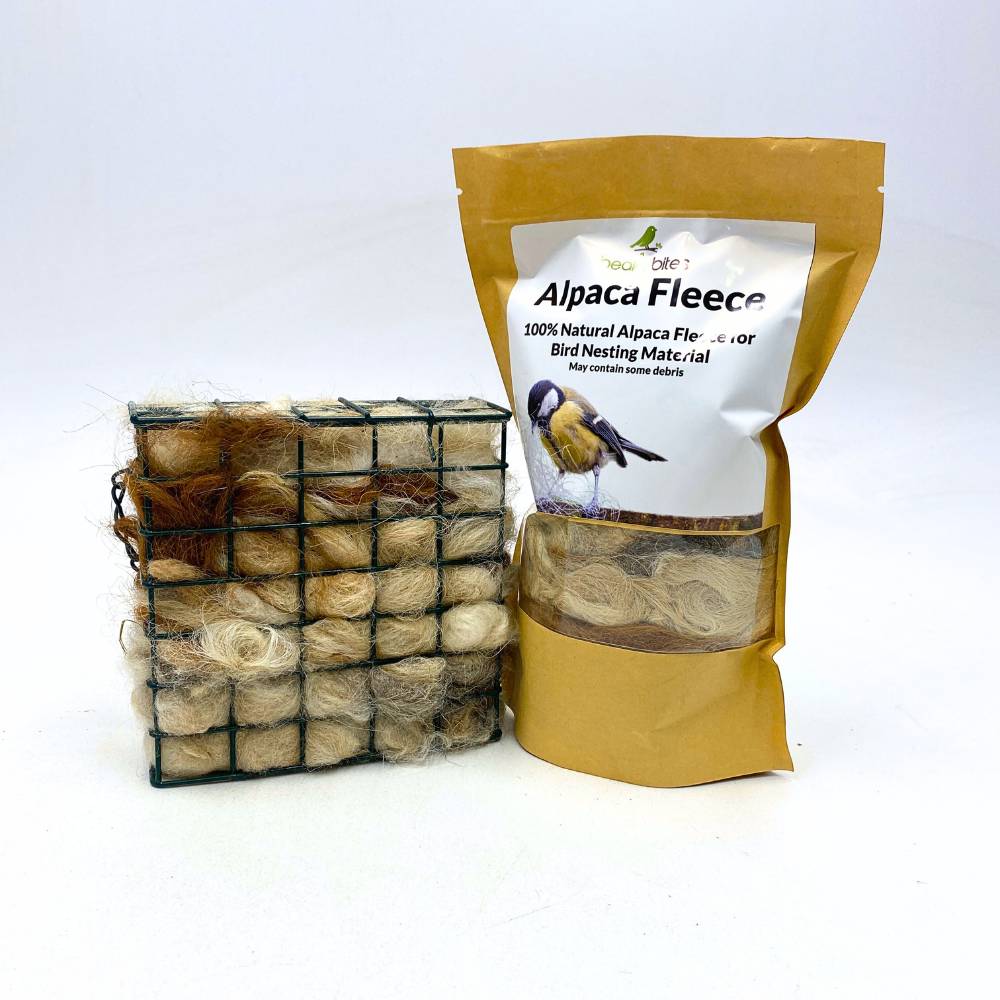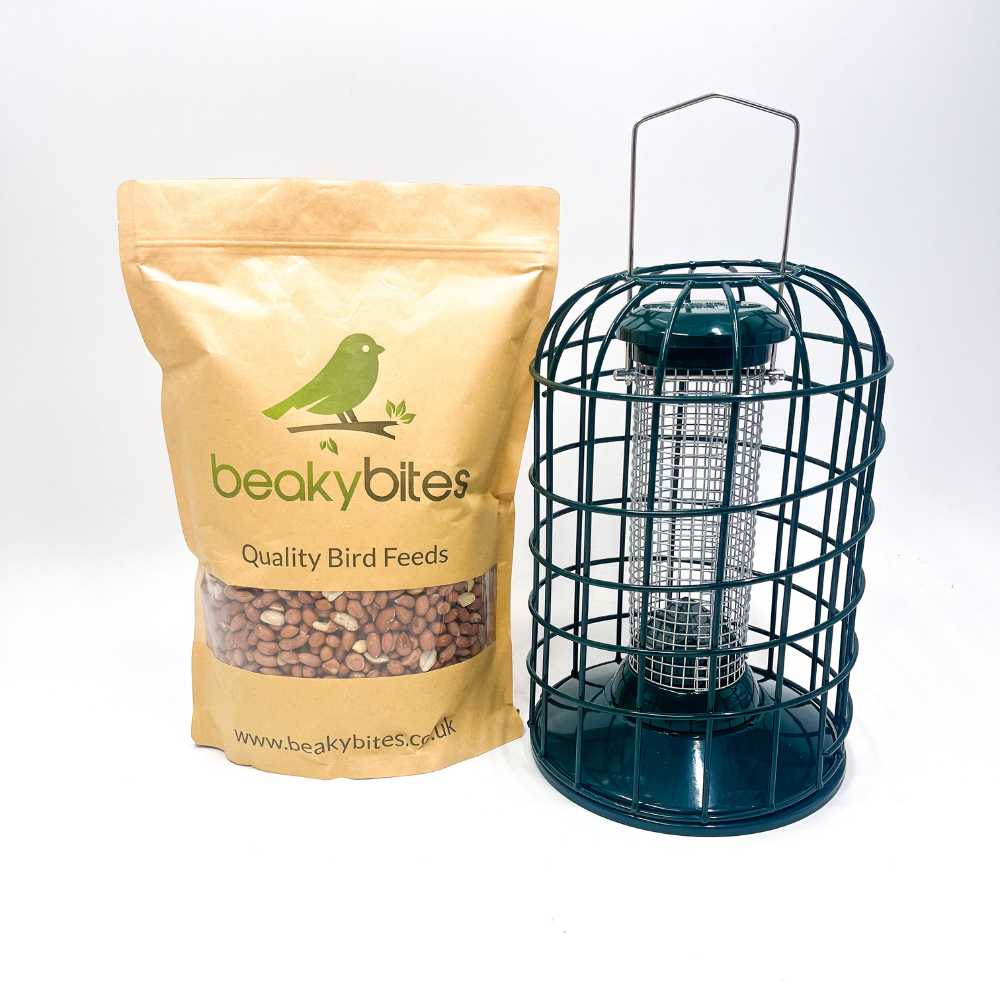Bird Fact File: Wren
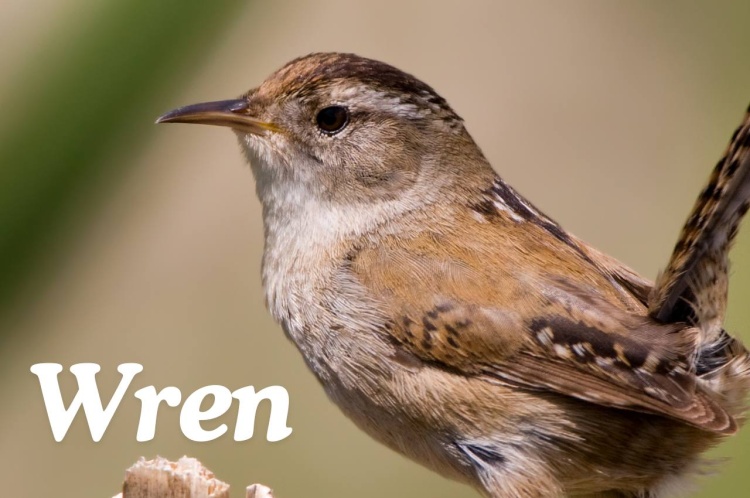
Welcome to our bird guide series brought to you by Beaky Bites! In each post, we'll take a closer look at a beloved UK garden bird to help you better understand and appreciate these amazing birds. From identifying distinct features to discovering their favourite foods and nesting habits, this series aims to provide an overview of our feathered wildlife.
Let's Meet the Wren
Wren Fact File | |
|---|---|
| Size: | 9cm, head to tail |
| Wingspan: | 13-17cm |
| Weight: | 8-12g |
| Colours: | Brown, Cream and White |
| Eggs: | 5-8 eggs per brood |
| Nesting: | Made from thin twigs, then lined by the female with moss, leaves and feathers. |
| Population Status: | Stable, population declines over a harsh winter. |
The Wren, a tiny and fierce bird found in Europe, Asia and North America, is famous for its loud and sweet song that’s bigger than it is. This little bird lives in woodlands, hedgerows and gardens so it’s a regular and loved visitor for birders. The Latin name for the Wren is Troglodytes troglodytes and it’s in the Troglodytidae family which are small insectivorous birds. With an estimated 8-9 million breeding pairs in the UK Wrens are one of the most common yet most overlooked garden birds.

Appearance and Behaviour
Wrens are small, chunky birds with a very distinct look. Males and females are similar, with warm brown plumage and fine dark barring on their wings, tail and body. Underparts are paler and they have a short, slightly curved beak perfect for insect hunting. Unlike many other birds, there’s not much difference between males and females so they are hard to tell apart. Juveniles are similar to adults but have softer, more fluffy feathers.
Wrens eat insects and spiders, they hop through undergrowth, flicking their tails up as they search. They rarely visit bird feeders but might pop up to grab a crumb or suet. Their slender, pointed beaks are perfect for picking insects out of crevices and tight spaces, so they are efficient foragers.
In terms of behaviour Wrens are bold and curious for their size. They are more territorial than many other garden birds and will sing loudly to defend their space, especially during breeding season. Wrens are solitary or in pairs and prefer dense undergrowth or shrubs for nesting and foraging, which gives them cover from predators. In gardens they are more likely to be seen darting through hedges or low bushes rather than out in the open, which reflects their shy and elusive nature.
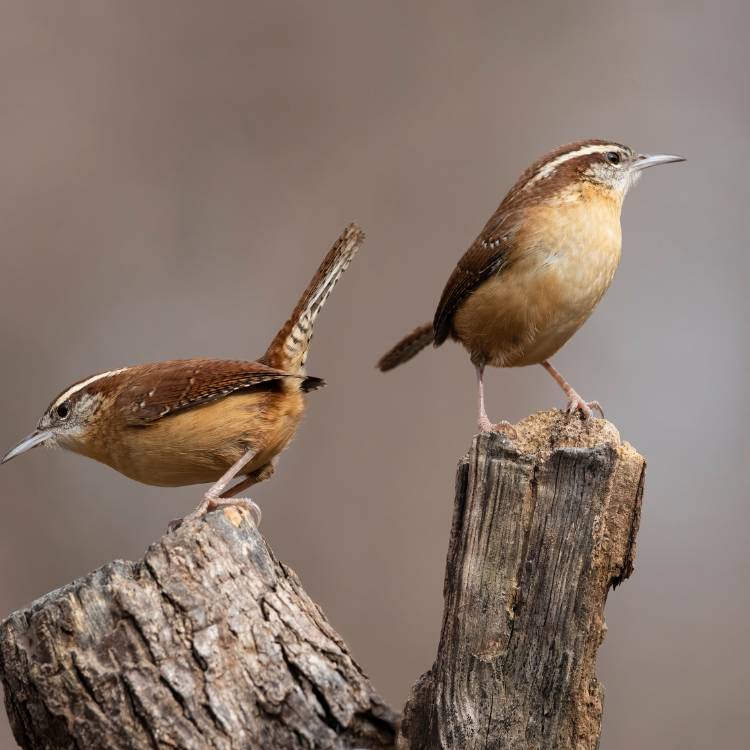
Where do They Hang Out and Eat?
Wrens are busy feeders, always on the move as they search for food in their surroundings. Their diet is very insectivorous, especially in spring and summer when they need protein for breeding and raising their young. Wrens eat insects, beetles, caterpillars, spiders and other small invertebrates which they find by probing into crevices, under bark and among leaves and twigs.
As the seasons change and insects become scarcer Wrens adjust their diet to include more plant food, but they still go for insects first. In autumn and winter Wrens will eat seeds, small berries and other plant material. But unlike some other garden birds Wrens are less likely to visit bird feeders, they prefer to forage in the undergrowth. They may occasionally be seen pecking at suet or mealworms if food is scarce.
Wrens are less common visitors to gardens than some other birds because they prefer dense, natural cover where they can forage undisturbed. Having a garden with plenty of shrubs, bushes and low growing plants will help attract them especially in the winter when they need shelter and food. Seeing a Wren flit through the foliage, its tiny body zipping about with energy is a joy for any bird lover.

Breeding and Nesting
Wrens start breeding in early spring, around April and go on until late July, they can have two or three broods a year. The number of broods can vary depending on the weather and food availability which affects the adults ability to feed the young. Female Wrens lay 5-8 eggs which hatch after 14-16 days of incubation. Chicks are fed a diet of insects and invertebrates by both parents until they leave the nest about 2 weeks after hatching.
Wrens are very territorial especially during breeding season and males will sing loudly to establish and defend their territory from intruders. Once a Wren pair have claimed a territory they will stay within it for the duration of the breeding season but may roam further in search of food once the final brood has fledged.
Female Wrens build their nests using twigs, moss, leaves and feathers which they weave together to form a dome shaped structure with a small entrance hole. These nests are usually built in dense vegetation such as thick bushes, ivy or hedgerows so the young have a safe and hidden place to develop. The careful choice of nesting site means the fledglings are well protected as they grow and prepare to go out on their own.
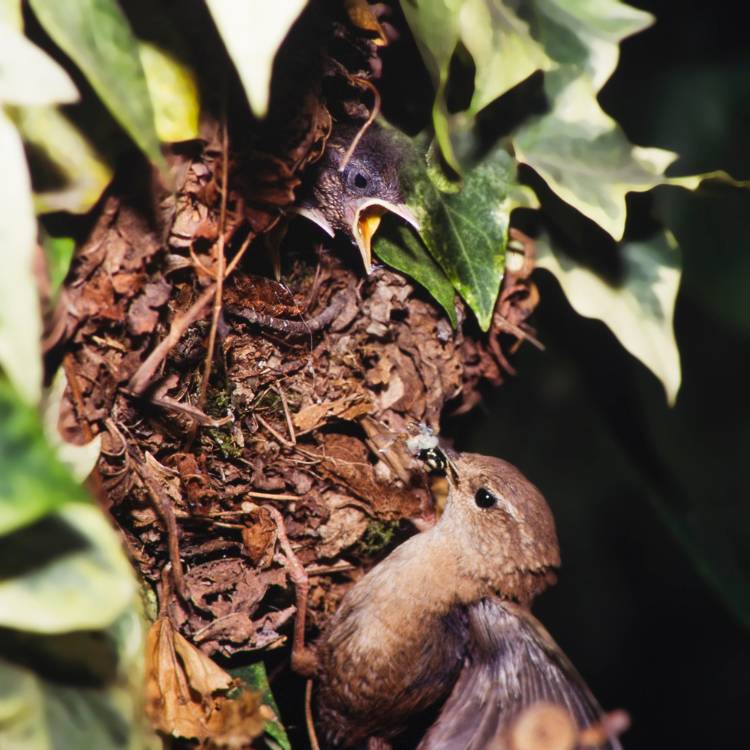
Attracting Them to Your Garden
Wrens eat insects and small invertebrates so having a garden rich in these food sources is key to attracting them. They rarely visit bird feeders but you can support Wrens by creating a garden that mimics their natural habitat. Planting dense shrubs, hedgerows and low growing bushes will give them plenty of foraging opportunities and safe nesting sites.
As Wrens are very territorial especially during breeding season it’s important to have a constant supply of food and water throughout the year. This will help the adults to maintain their territory and the young to grow strong. With breeding season running from spring to summer providing a reliable habitat with natural cover and food is essential for raising healthy fledglings.
To create a Wren friendly garden focus on planting native shrubs and trees like hawthorn, ivy and blackthorn which have the dense foliage Wrens love. These plants will also attract the insects Wrens eat creating a natural ecosystem that meets their dietary needs. As Wrens are shy and don’t often interact with people the key to attracting them is to provide the right environment – dense brushy areas where they can forage and nest undisturbed. By creating a natural untroubled space you can encourage Wrens to make your garden their home.
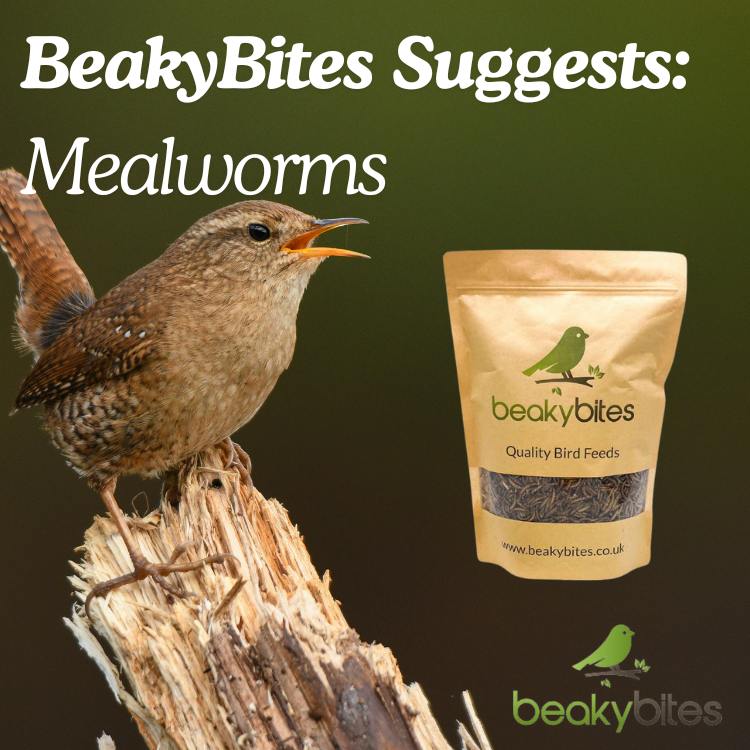
Conclusion
Creating a Wren-friendly garden involves cultivating natural foraging opportunities, offering safe and hidden nesting sites, and ensuring your garden provides the dense cover these tiny birds prefer. By making these thoughtful adjustments, you can attract these lively and melodious birds, bringing energy and song to your outdoor space.
Whether you're an experienced bird enthusiast or just starting out, welcoming Wrens into your garden is a delightful and rewarding experience. Stay tuned for next week's post, where we'll discover another fascinating UK garden bird!
Frequently Asked Questions
What is the best time of year to spot Wrens in the garden?
- Answer: The best time to spot Wrens is during spring and summer when they are most active.
What types of plants and shrubs are most likely to attract Wrens?
- Answer: Dense shrubs like hawthorn, ivy, and blackthorn are most likely to attract Wrens.
How can I encourage Wrens to nest in my garden?
- Answer: Provide dense, undisturbed shrubs and hedges for safe nesting sites.
What are some signs that Wrens have taken up residence in my garden?
- Answer: Listen for their loud song and watch for activity in dense vegetation.
How can I support Wrens during the winter months when food is scarce?
- Answer: Leave some leaf litter and plant cover for insects and provide suet or mealworms.

